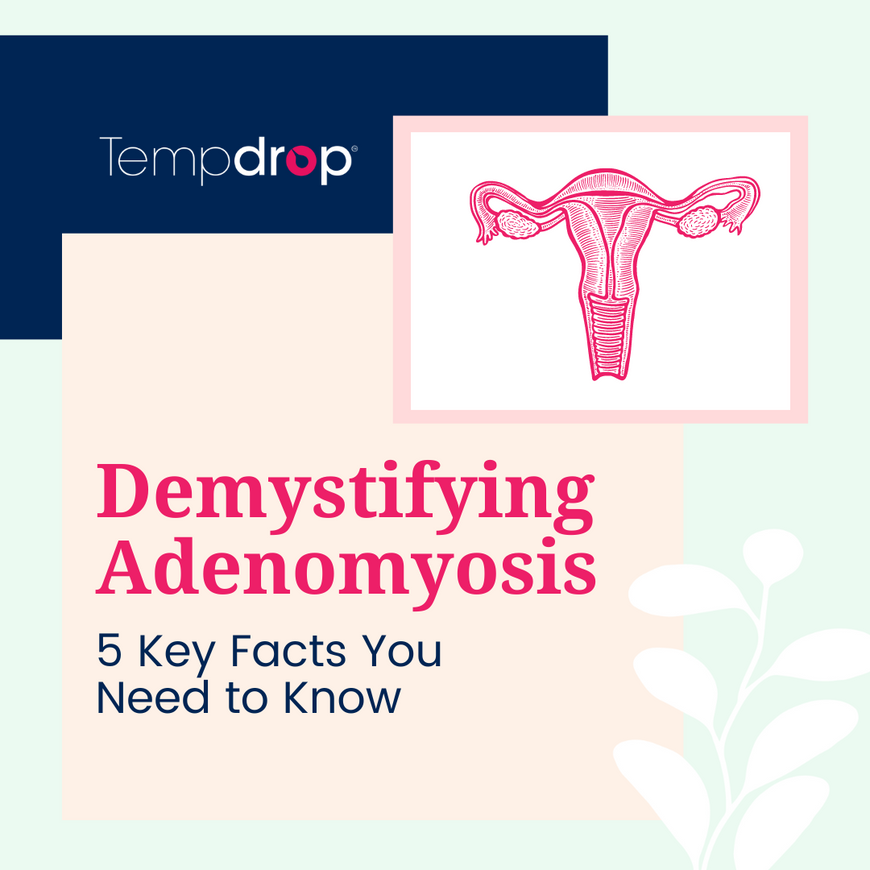This month, we're diving into the world of adenomyosis in recognition of Adenomyosis awareness month. In this article we'll unravel some essential facts about this often misunderstood condition.
Let's start with what this condition is:
Adenomyosis is a condition where the tissue that normally lines the uterus (endometrium) starts to grow into the muscular wall of the uterus (myometrium). This can result in a thicker, enlarged uterus, leading to symptoms like pelvic pain and heavy menstrual bleeding.
How is Adenomyosis different to endometriosis?
While adenomyosis and endometriosis share some similarities, they are distinct conditions. Endometriosis involves the growth of endometrial-like tissue outside the uterus, causing inflammation and pain. Adenomyosis, on the other hand, affects the uterus directly, leading to changes within its walls. It's important to also recognize that the treatment of adenomyosis often looks very different to endometriosis.
What are the symptoms of adenomyosis?
Common symptoms of adenomyosis include intense menstrual cramps, prolonged and heavy menstrual bleeding, pelvic pressure or bloating, and pain during intercourse - just like with many endometriosis symptoms. Some women may also experience irregular bleeding or spotting between periods. (Reminder: A true period is one that follows ovulation. If you experiencing bleeding every 2 weeks then this is intermenstrual bleeding (i.e. not a period that follows ovulation).
Equally, some women may not even know that they have adenomyosis. The condition doesn’t always cause symptoms, or the symptoms may start later in life.
How do you diagnose adenomyosis?
Diagnosing adenomyosis can be challenging because its symptoms often overlap with other conditions like endometriosis or fibroids. However, your healthcare provider may be able to diagnose through a pelvic exam or using imaging tests like ultrasound and MRI to identify characteristic signs such as a thickened uterus wall or uterine enlargement.
What treatment options are available for adenomyosis?
Treatment for adenomyosis aims to alleviate symptoms and improve quality of life. Depending on the severity of symptoms and a woman's reproductive plans, treatment options may include pain management with over-the-counter or prescription medications, or in more severe cases, surgical interventions such as an adenomyomectomy or a hysterectomy. You can also speak to your health provider about natural treatment options to alleviate symptoms.
Understanding adenomyosis and its nuances can empower individuals to seek proper diagnosis and management. Remember, if you're experiencing concerning symptoms, don't hesitate to reach out to your healthcare provider for guidance and support. Knowledge is power, after all!

